Nov 30th 2022 - Monica Cunanan
What is Masago? Dishes, Health Benefits and More
Capelin roe is one of the most popular ingredients coming from the roe (or eggs) of capelin fish. Capelin belong to the smelts family and the masago (sometimes called "smelts roe") is sometimes referred to as "smelts roes". Masago is easy and very popular in the Japanese kitchen, especially for sushi. Masago is not only delicious, but it also provides lots of protein, healthy fat, and essential vitamins and minerals. Read this article and learn more about masago, the Japanese name for capelin roe, as well as its health and nutritional properties.
What is Masago?
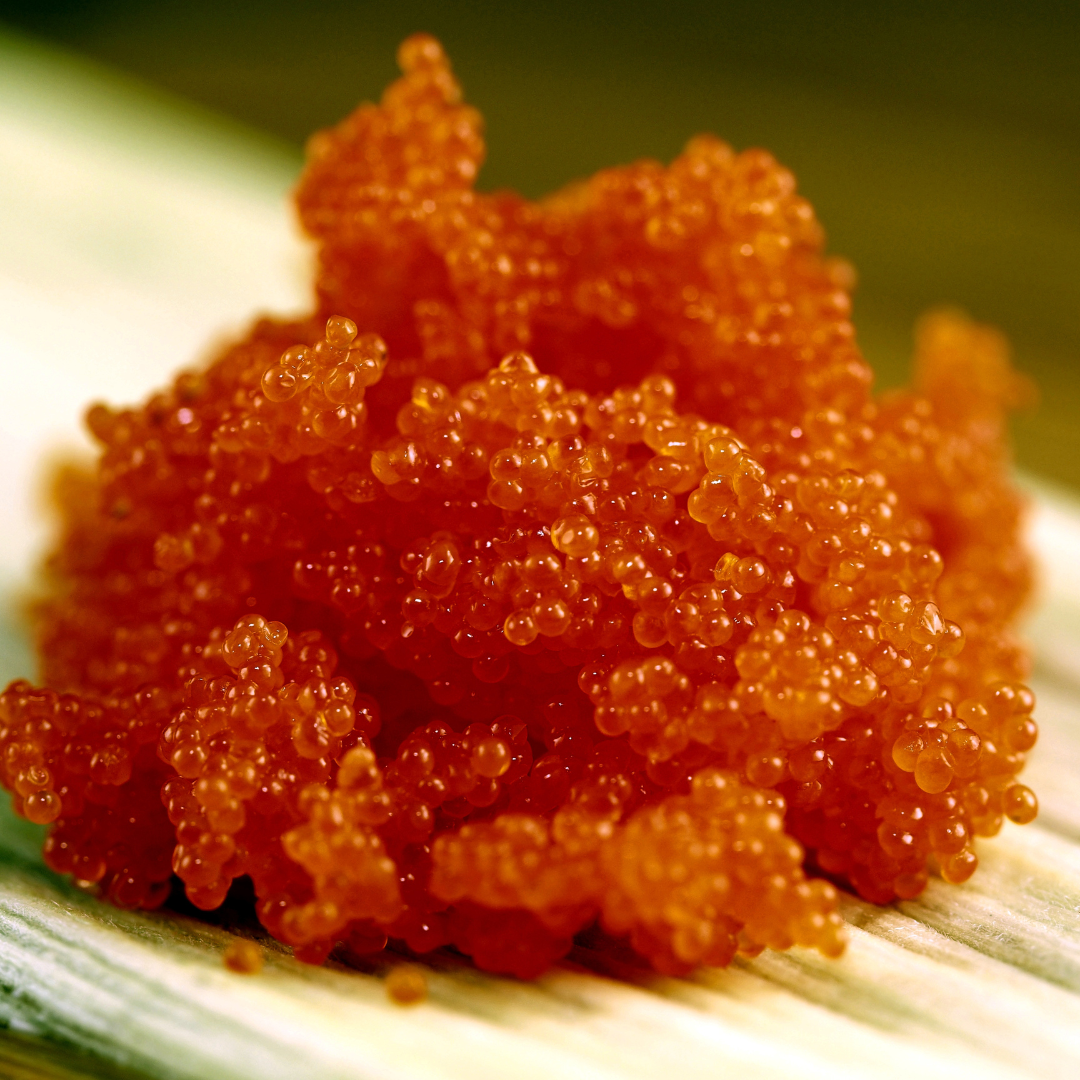
Smelt roe (aka masago) is the type of fish eggs that are edible. They are from the capelin fish (Mallotus villosus) a forage fish that belongs to the smelt family.
They're an important food source for large predators, including codfish, seabirds, seals, and whales.
They look similar to sardines but they're actually not related to them at all
Masago is made from capelin fish.
Capelin is mainly processed into fish meals and fish oils. However, some of the capelin is processed into masago.
Capelins release eggs when they reach two to four years old and continue breeding until they die.
Capelin is harvested from the female fish at its peak when it has just spawned.
It’s mostly used as an ingredient in sushi rolls and is pale yellow. It is often dyed bright colors like orange, red, or green because it adds visual interest to dishes.
It has a mild taste and is often mixed with ingredients like wasabi, squid ink, or gingered.
Related Article:
What is Omakase? A Unique Japanese Dining Experience
Is masago raw?
Yes, Masago is the flavored and colored raw egg of the Capelin Fish.
What does masago taste like?

Masago tastes briny, salty, slightly bitter, and mildly fishy taste. It has high sodium levels which is why it tastes salty. It is raw and adds a bit of crunch to whatever it is mixed into, but it does not pop as caviar does. Masago is also quite sticky, so the slight crunching sensation it gives off is usually multiplied when people bite into a whole bunch of them at once.
Masago is softer than tobiko and has a slightly sweet, salty flavor. There are different types: orange (sweet), black (briny), red (citrusy), and green (spicy). They each contain the same basic ingredients, but they differ slightly by adding certain additives in order to subtly alter their colors or distinct flavors.
What Does Masago Look Like?
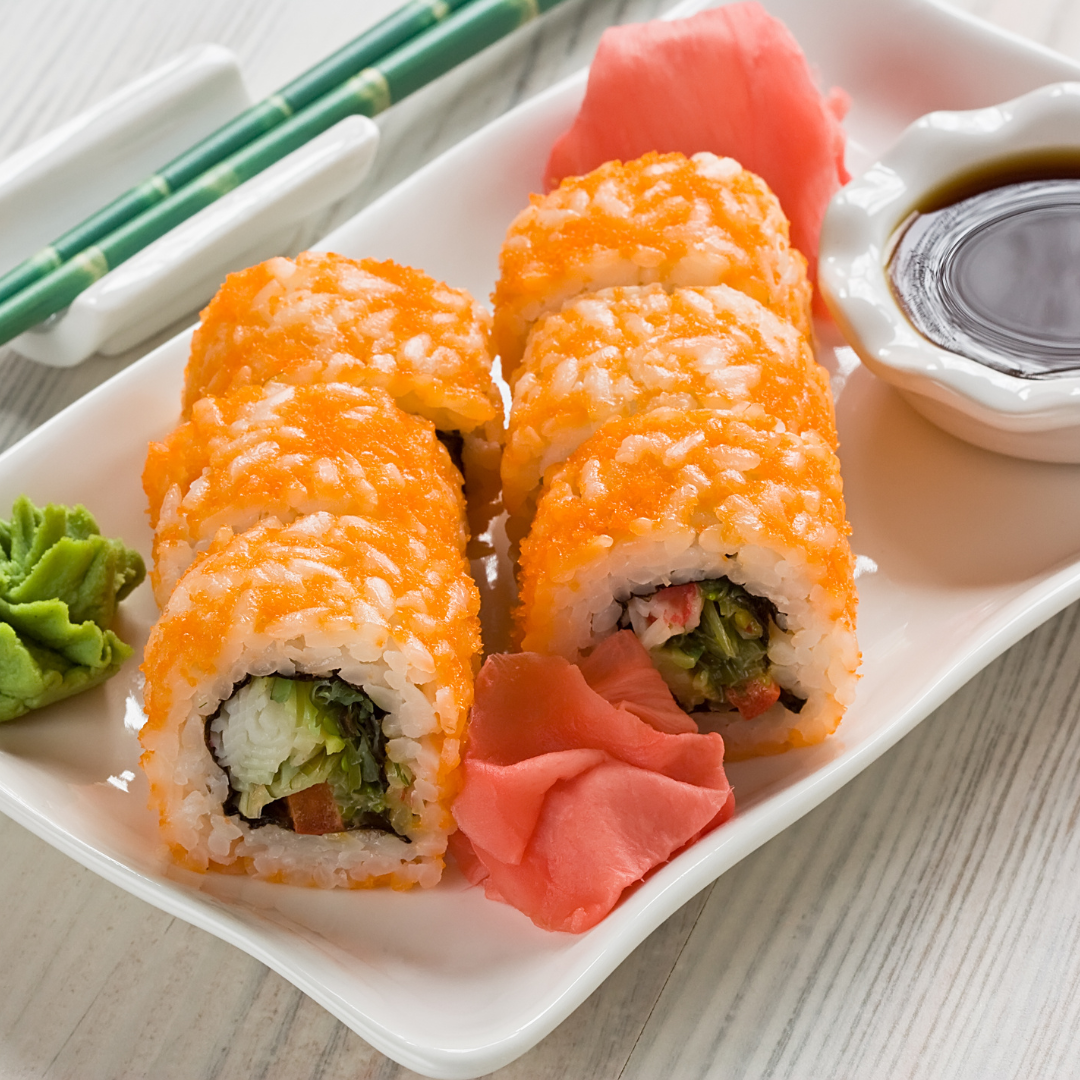
It has a pale yellow color when it's not processed. However, once you've seen it, it will probably turn out to be a bright orange, or even a bright red or green because Masago is dyed to be more attractive when used in seafood dishes.
Due to the variety in color options, Masago is often mistaken for tobiko, another kind of fish roes that comes from flying fish.
Dishes with Masago
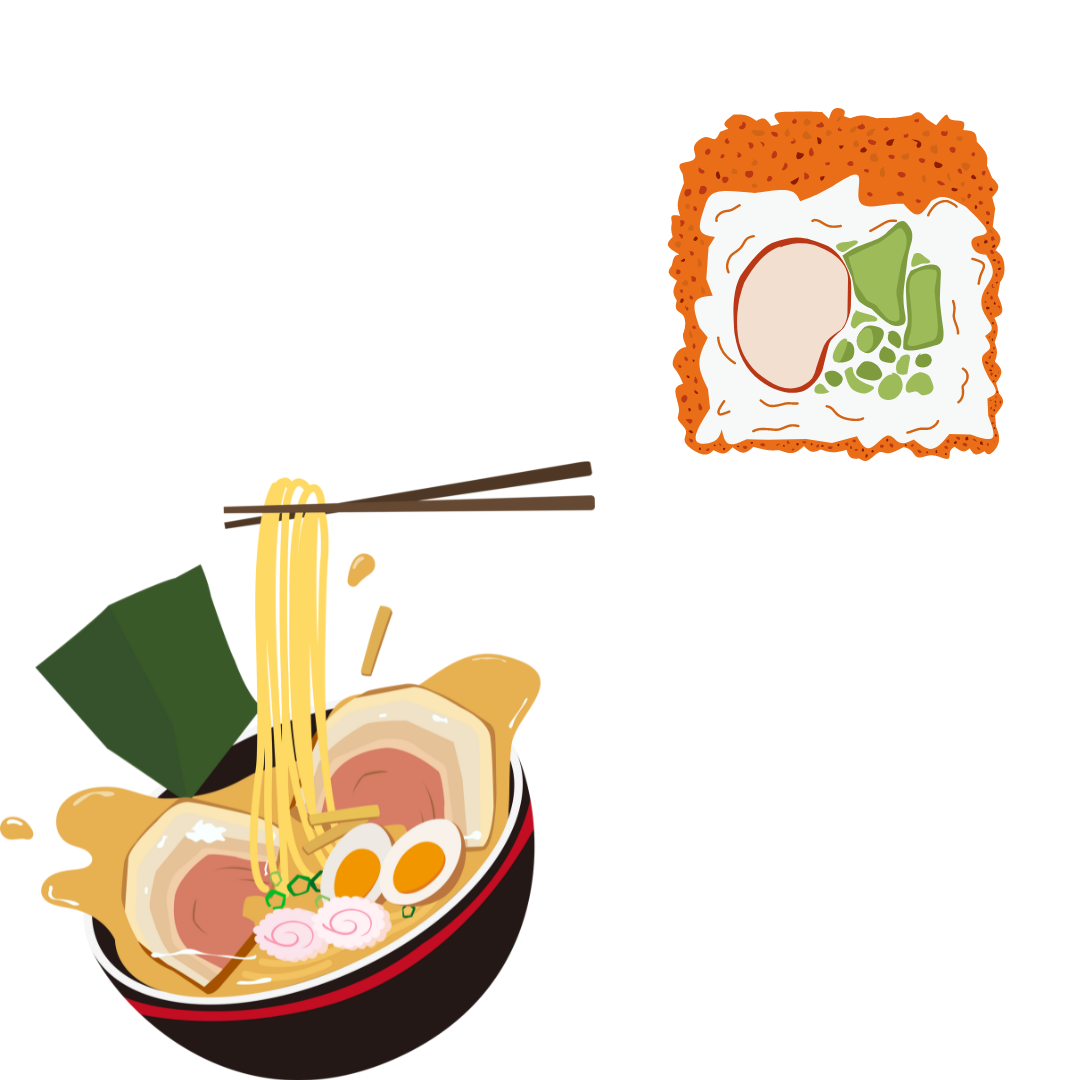
- Sushi roll toppings: Masago is used to add bright colors and crunchy textures to sushi rolls, such as the California Rolls.
- Masago sauce: It's a mixture of light cream sauce and, is often used in Japanese cuisine such as Japanese spaghetti noodles.
- Fillings inside the roll: It's sometimes added to the filling when making maki rolls to give them additional flavorful taste and texture.
- For decorative purposes: Masago helps to add brightness to rice dishes by adding a vibrant orange hue, and is one of the main ingredients used to create a lava look when making Volcano Rolls.
Is it Safe to Eat?
Yes, Masago is the edible egg of capelin. However, you should avoid masago if you develop an allergic reaction to seafood or if you are sensitive to salt.
When is it Not Safe?
Like any other type of food, make sure to eat Masago in moderation. Masago is low in mercury so you shouldn't worry too much about it.

Excessive exposure to mercury can lead to numbness, muscle weakness, difficulty talking, and other unpleasant side effects. Many types of seafood contain high levels of mercury, but the eggs of the capelin, which feeds mainly on plankton, aren't among them. If you're trying to add more seafood into your daily meals but have been concerned about mercury levels, masagō would be a good option.
Masago doesn't pose any risks to kidneys although there have been concerns that consuming protein-rich foods similar in taste to it which might adversely affect one’s kidneys. While scientists recommend that people with kidney disease limit their intake of proteins, they've not yet discovered any reason why people with healthy kidneys should limit their intake of these nutrients.
Masago has a high sodium content. Be careful of Masago's high sodium content if you decide to eat it. One tablespoon of Masago has about 240 milligrams of salt (or 10 percent of the recommended daily allowance), so don't go overboard when sprinkling masago on top of rice. Because of this, masago is a good addition to any Japanese dishes, but only if eaten in moderation.
Masago vs. Tobiko: The Difference
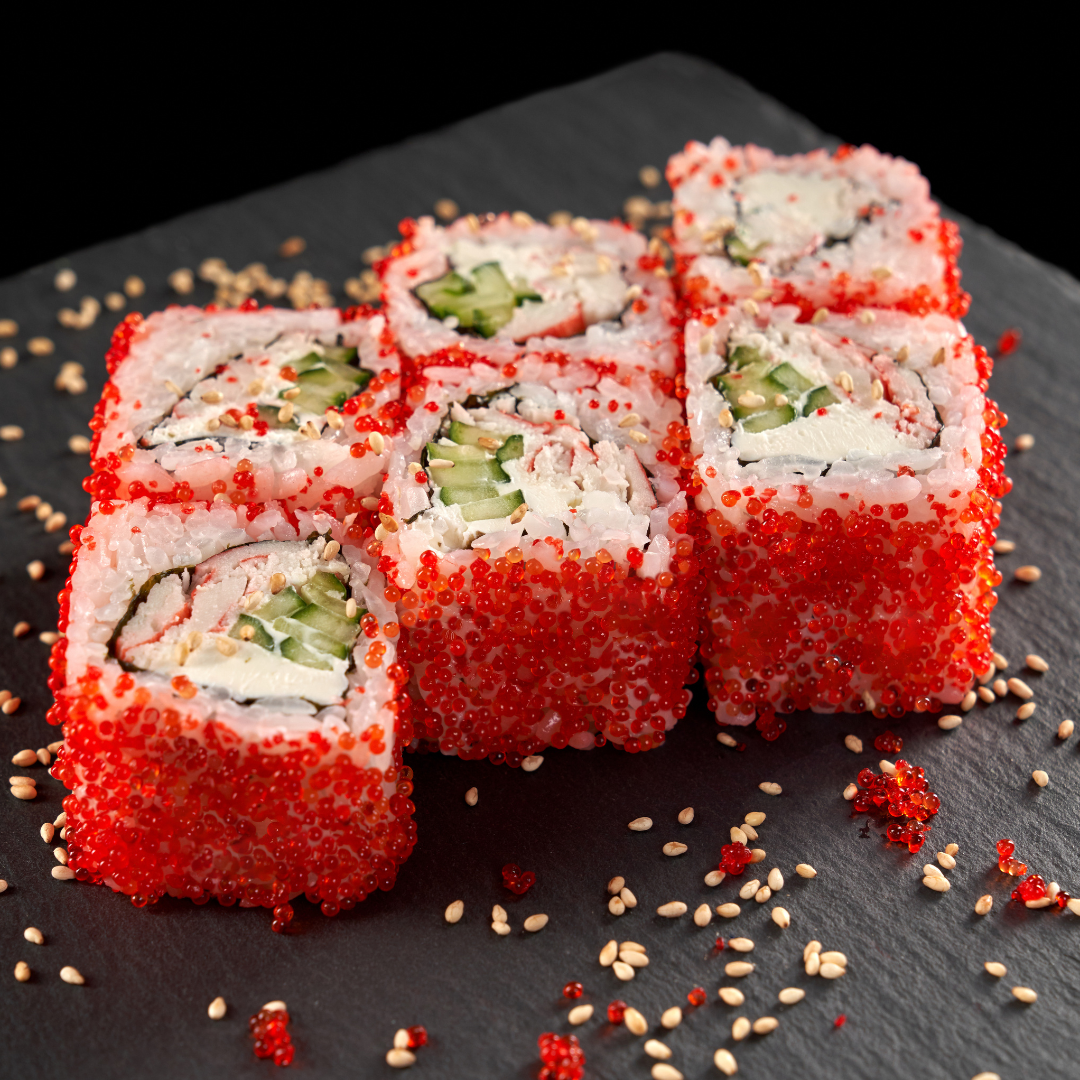
They're both types of fish eggs that are commonly used in sushi rolls. Masago is capelins' eggs and tobiko is from the flying fish. Masago is slightly smaller with a dull color (before the color dying) while tobiko is larger, and brighter with more flavor. Masago tastes similar to tobiko but is less crunchy. One big difference between the two types is that masago is significantly cheaper than tobiko, and many sushi restaurants use masago instead of tobiko because they look quite similar.
Tobiko has a bright-red natural color and can be dyed red, black, or green. Masago has a pale yellow color and is often dyed red.
Masago vs. Ikura caviar
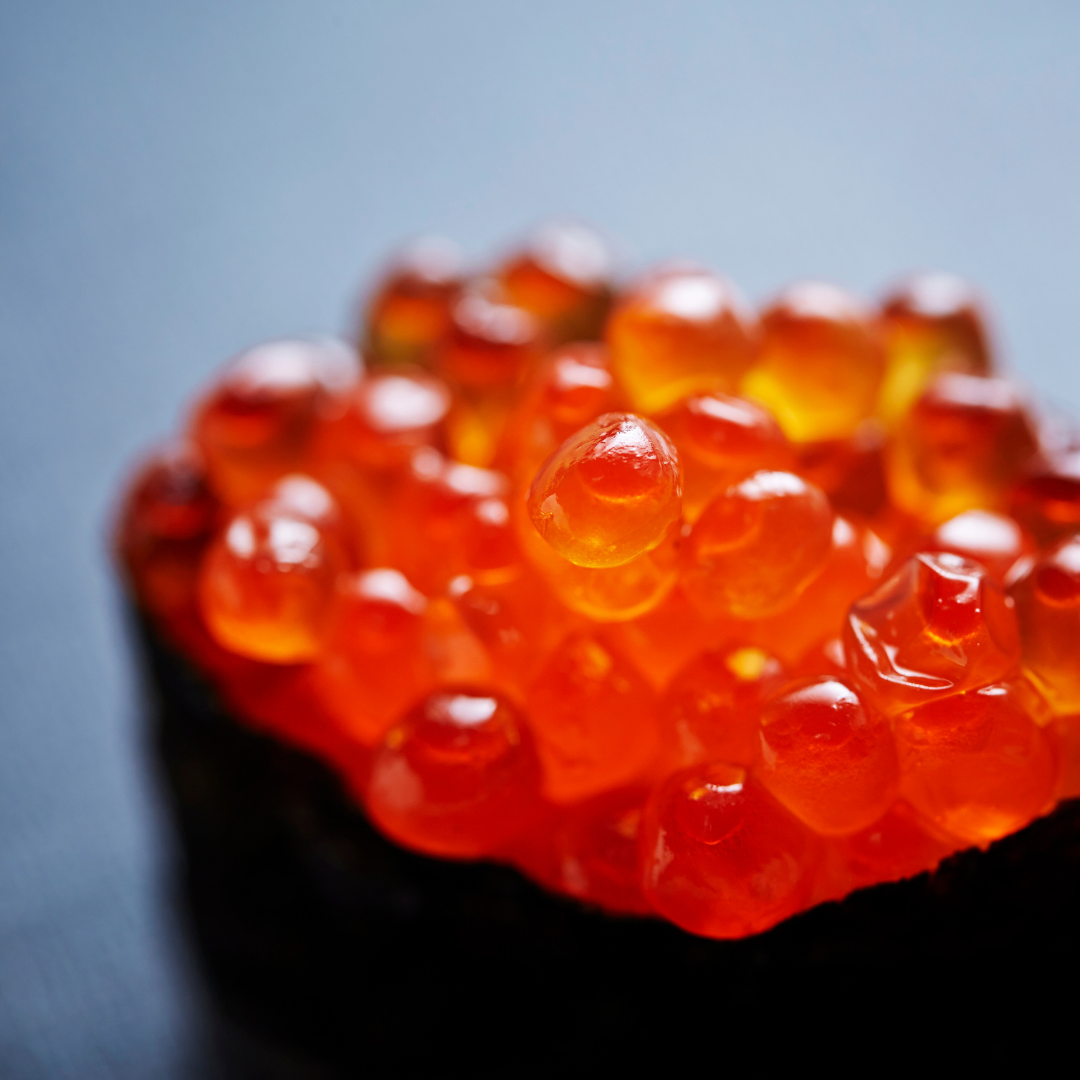
Ikura means "fish eggs" in Japanese. Masago is much less expensive than it would be if it came from large capelin. Salmon roe is basically fish eggs and is much bigger than regular Masago eggs. Masago is slightly crispy while ikura will burst in your mouth when you bite into them
Considering Opening a Sushi Bar/ Restaurant?
If you plan to serve this healthy, convenient, and popular dish, you might want to consider investing in good restaurant types of equipment. Here at Culinary Depot, we help you decide which equipment or dishware is suitable. Get in touch with us today!

